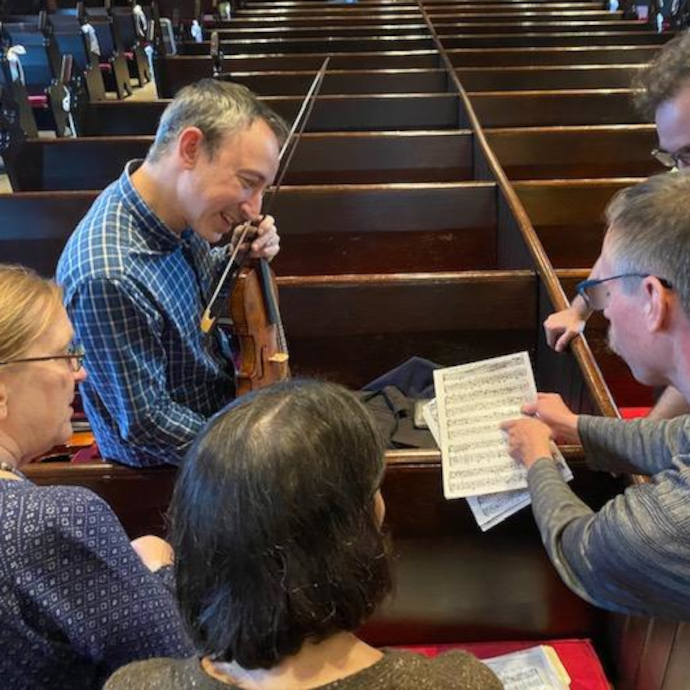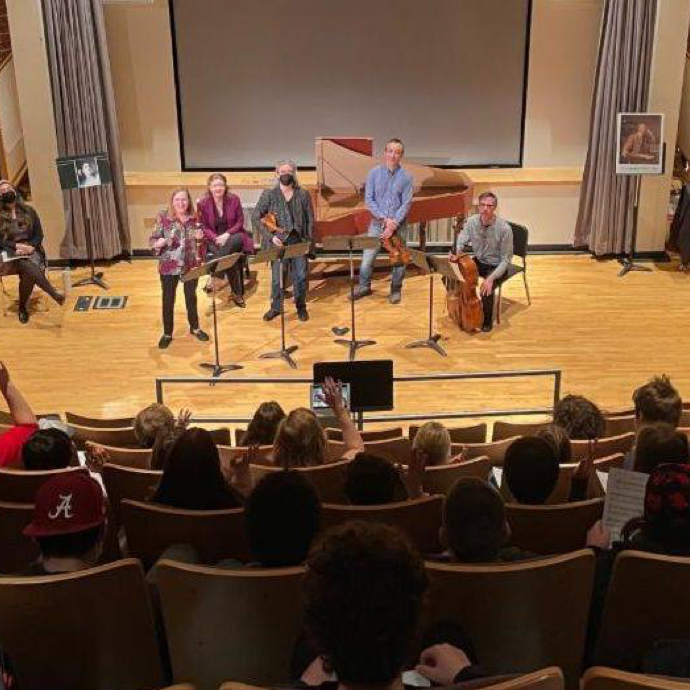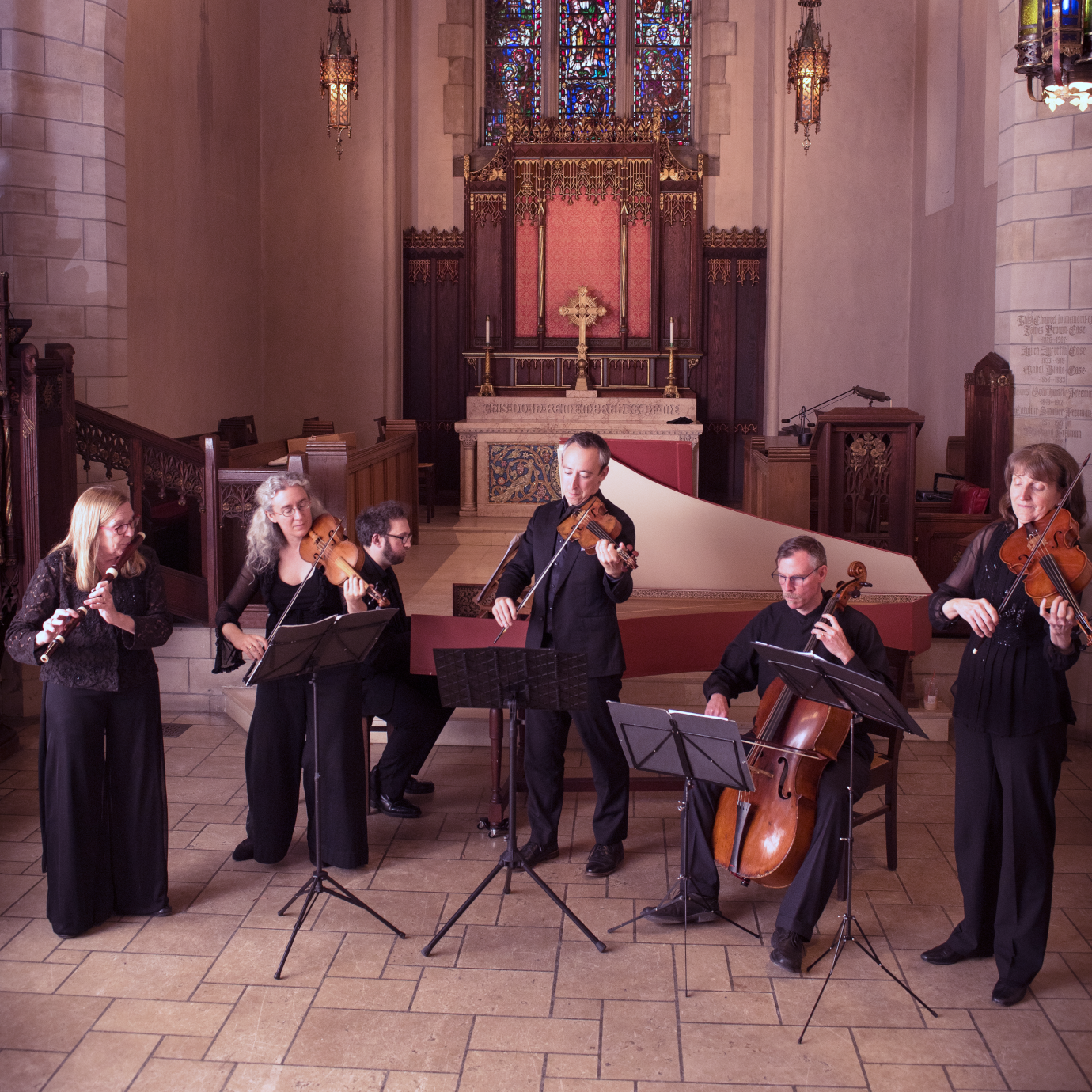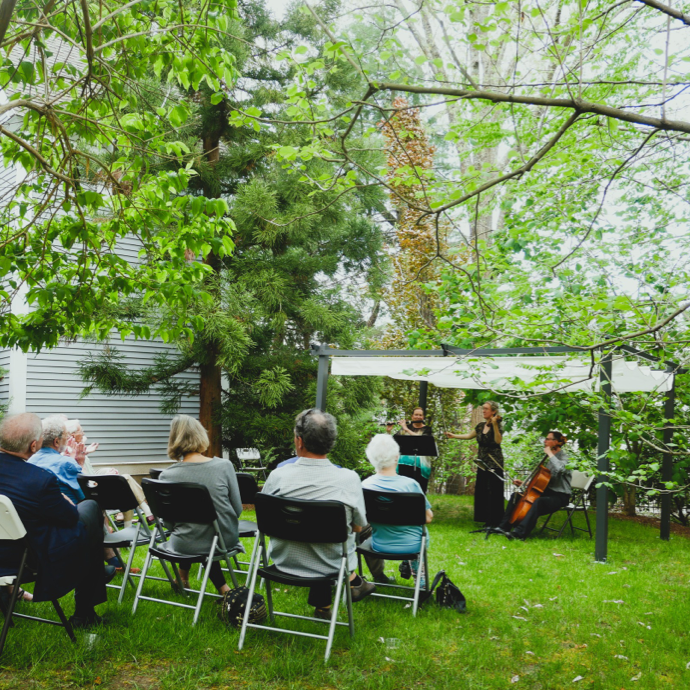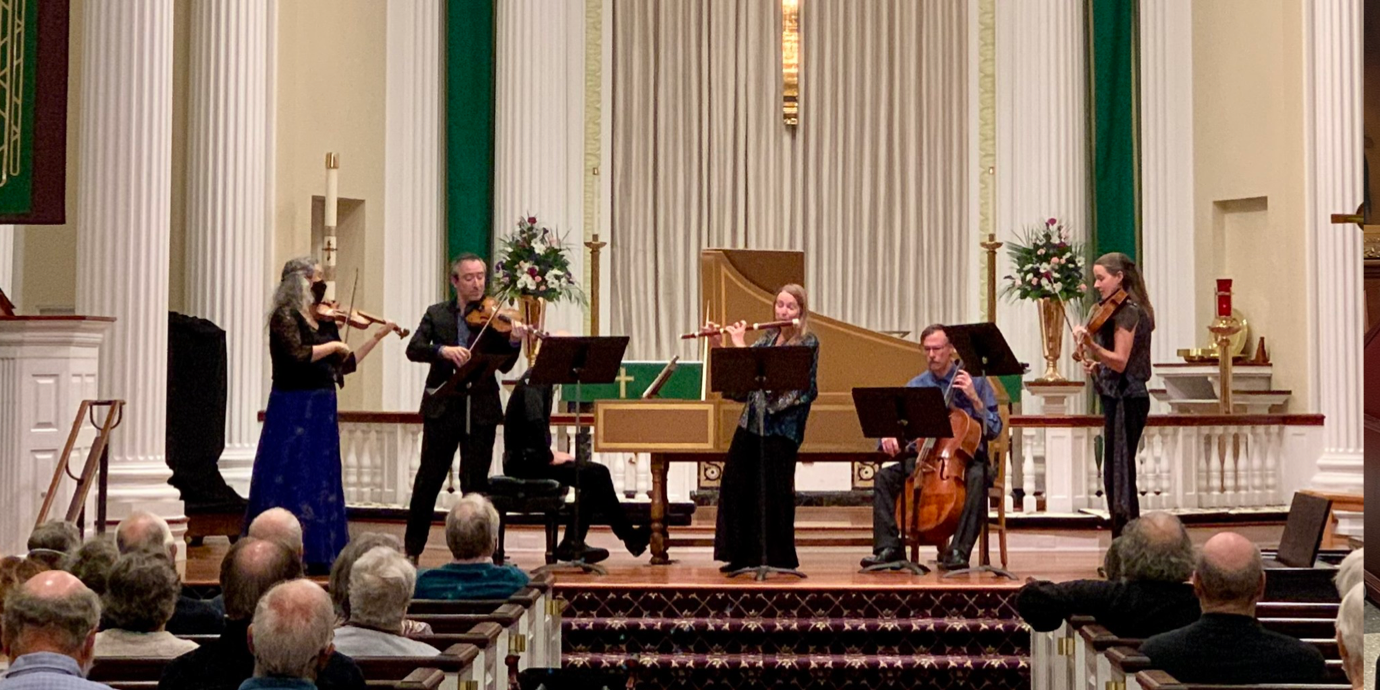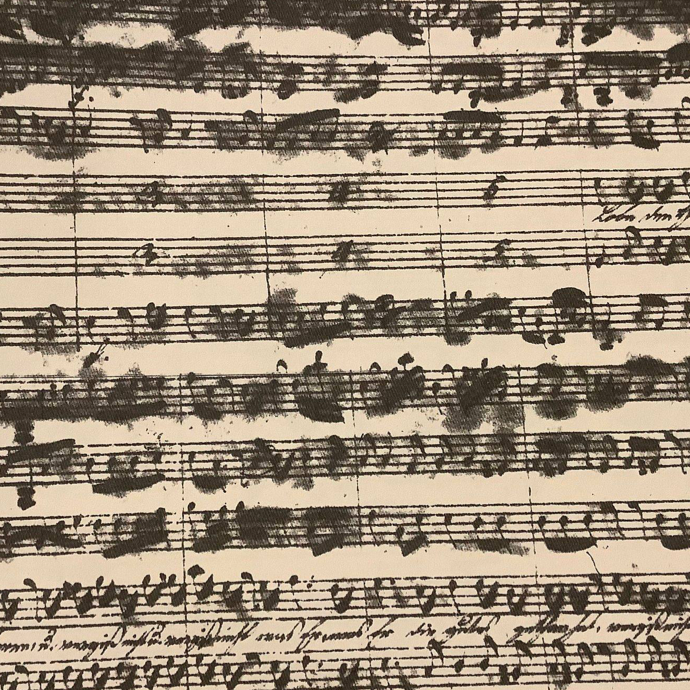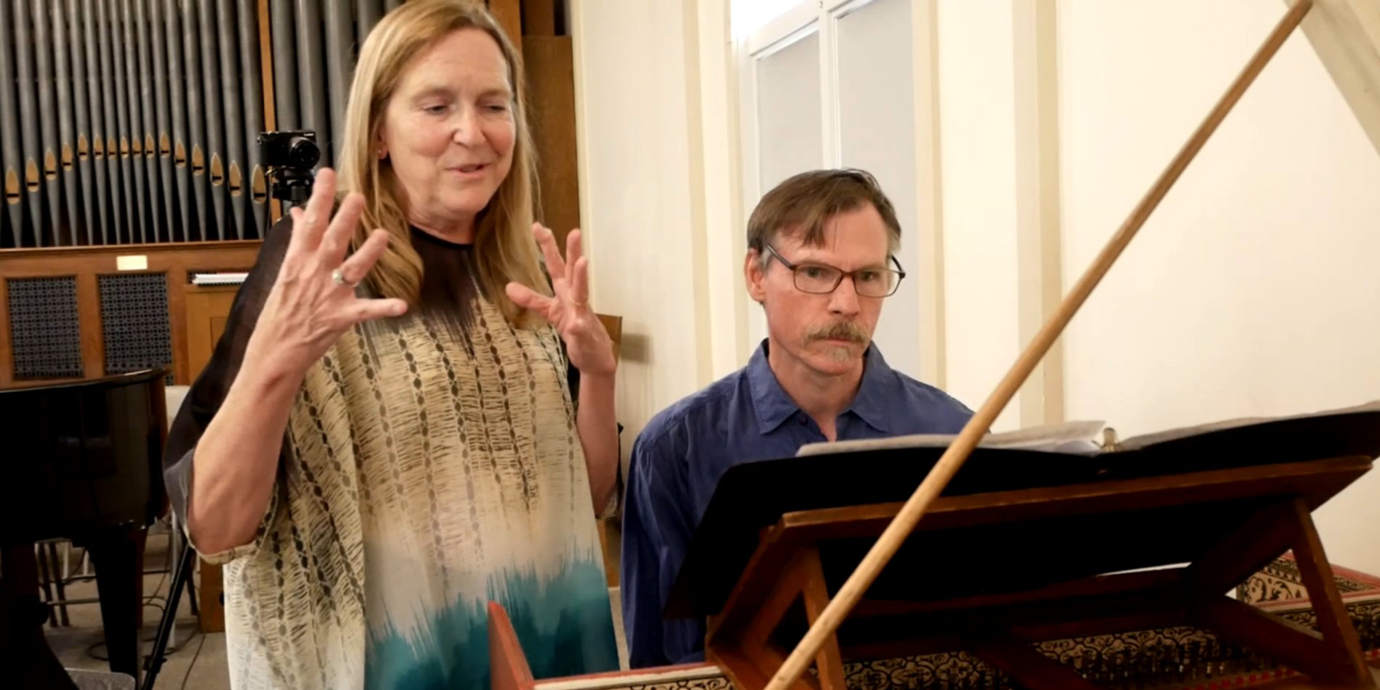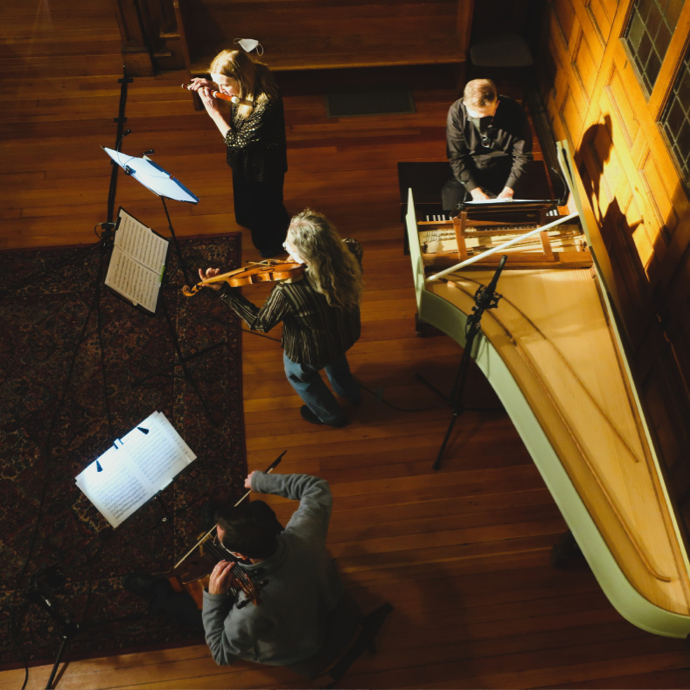To attend an Old Post Road concert is to be transported back in time. Picture yourself sitting in the pews of a beautiful old church, or within the walls of an old museum full of history, with bold, graceful, or spritely music filling the intimate venue. The program that lies in your lap details the rich history of the music you are listening to and the concert venue you are enjoying. In front of you, the ensemble charms on a variety of period wind, string, and keyboard instruments.
What our audience is saying
“Moving performances of fine unfamiliar works”
"very interesting repertoire - sensitive and spirited performances"
"gems of discovered music - beautifully played"
"Setting was fabulous and acoustics very good. Intimate feeling of being close to musicians"
“Unfamiliar music played so well!”
“Exquisite choice of music; stunning performance”
“Creativeness, scholarship, quality performance”
"We love the curated selections and programs - so thoughtful and engaging!"
"There was passion in expression and personality from participants"
"Incredible music by composers you might not know"
"Engaging, energetic, lyrical, beautiful."
"Extremely skilled ensemble, very approachable classical music. Just the right length for those that are not too sure about attending a classical music concert. "
"A brilliant virtuoso ensemble that is always seeking new discoveries"
"handsome historic and sonically appropriate spaces -- all come across well in streamed capture"
What the critics are saying
“Performances exuded zest, polish, and abundant care”
—Jeremy Eichler, The Boston Globe
“The crowd was rewarded with a unique, flawlessly executed program”
—The Worcester Telegram and Gazette
“These players should be noted for their venturing off the beaten path of
standard repertoire as well as their outstanding
performances”
—The Boston Musical Intelligencer
“Audiences are fortunate to have them enlivening so much music from forgotten
places”
—The Worcester Telegram and Gazette
“Their passion is contagious...a remarkable cohesion and
grace”
—The Boston Musical Intelligencer
“Performed with skill and charm”
—The Boston Globe
“Engrossing concerts with expert musicianship”
—The Boston Musical Intelligencer

